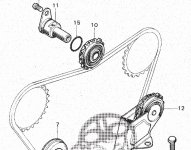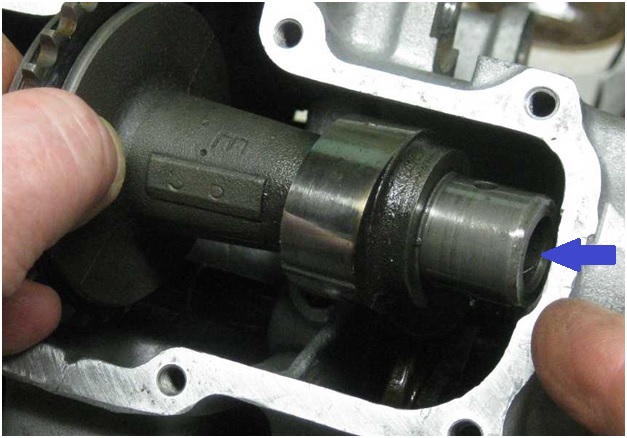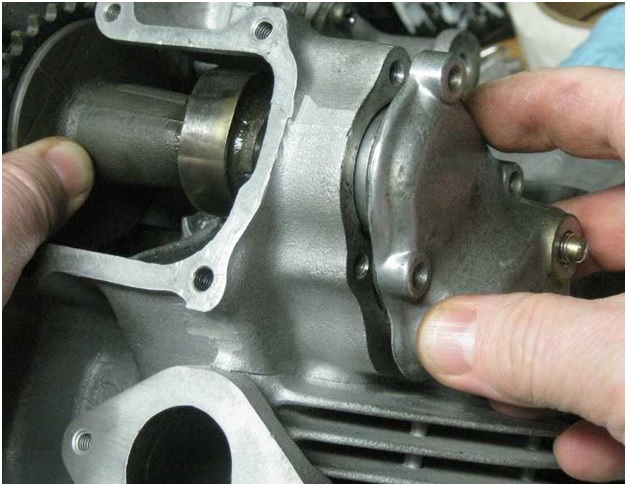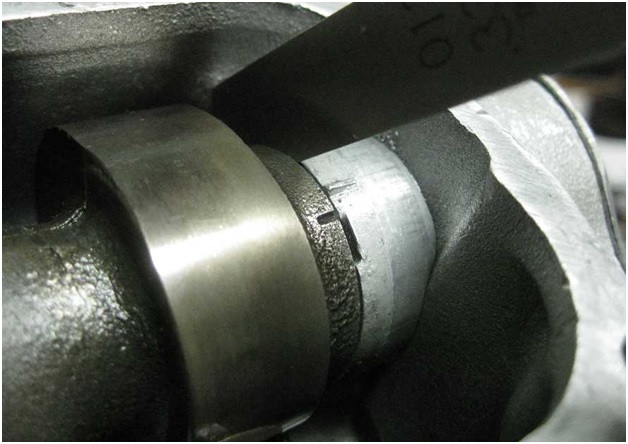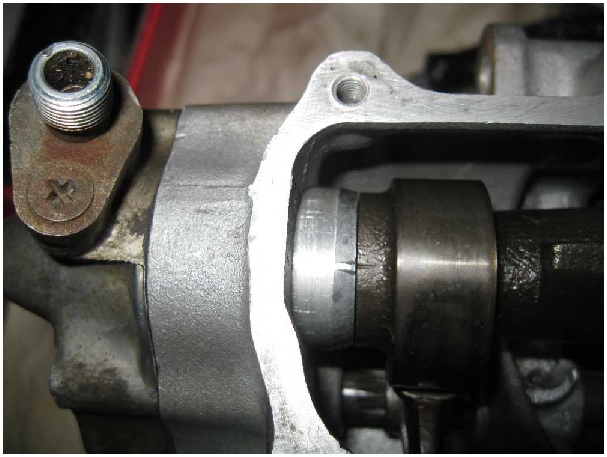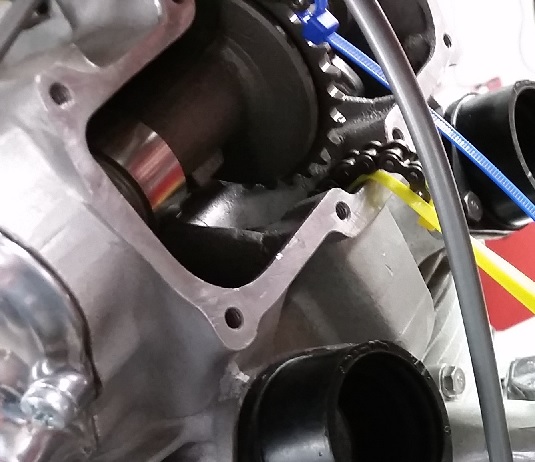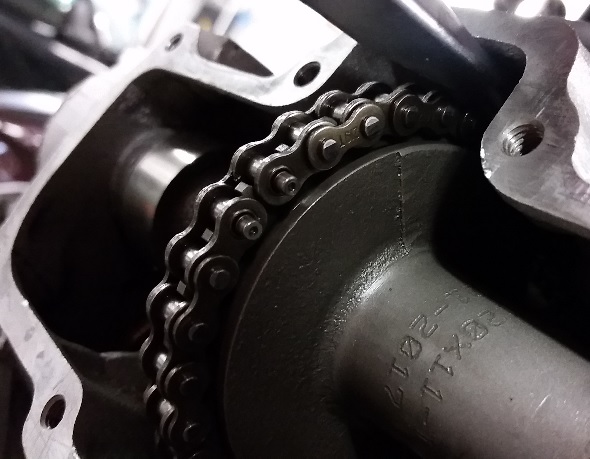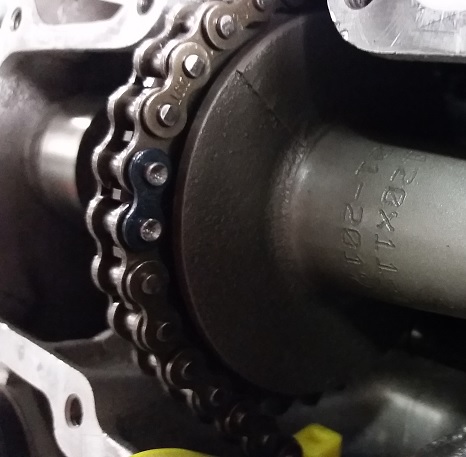Since the 450 and 500T have the only cylinder head with torsion bar valve springs, it is one of the more unique engines to rebuild among our vintage Honda twins. Since words don't often tell the full story of how to assemble the head, and particularly since there are many videos out there showing anything from incorrect to horribly incorrect ways to both disassemble and reassemble the head, I've tried to put together something to help. Credit goes to HT member gizwiz for most of the pictures in this thread, but I have extensively clarified the description of the process to give better details. The following assumes the head is already disassembled and all parts are inspected, clean and ready to install.
When replacing valve guide seals, be careful tightening the 6mm seal retainer bolt. Use good "feel" and tighten cautiously to avoid stripping the threads in the head as the bolt is short. [Note: if you're building a Bomber (4 speed) engine, the valve stem seals may be different and this step does not describe that design]

When installing the torsion bars note that there are 2 different types, A and B. The As go in the right intake and the left exhaust, the Bs go in the left intake and right exhaust. This picture shows the right intake. Slip the splined tube into the head and through the "fork" that goes under the keeper cup and lifts the valve closed. They are splined such that they can only be installed one way.
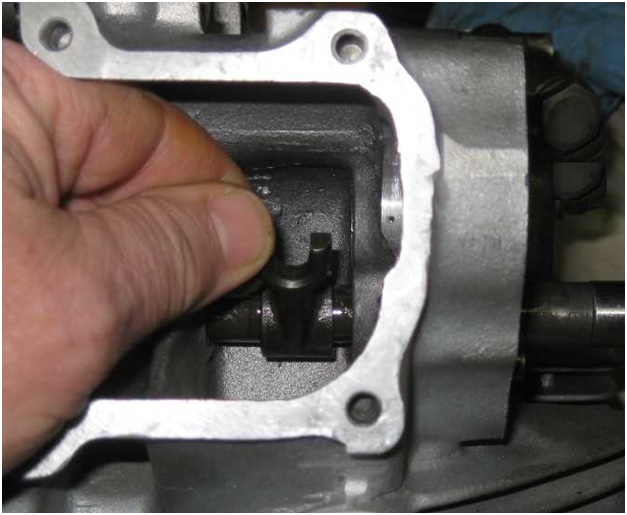
This shows the general position of the fork on the torsion bar tube

Slip the valve into the head and up through the fork

Leave the torsion bar off the dowel pin so the fork sits below the top of the valve stem
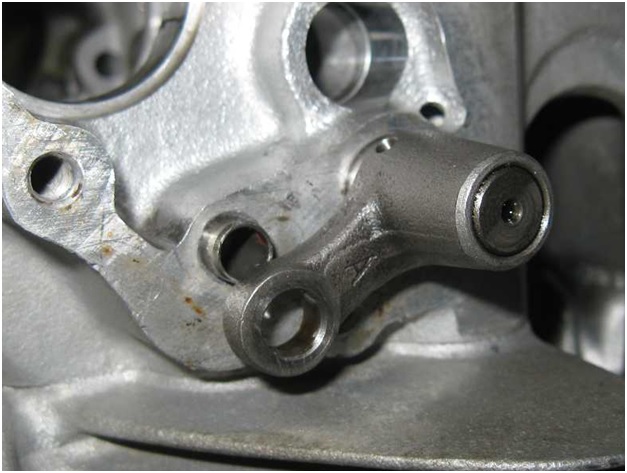
Drop the valve retainer cup over the valve stem
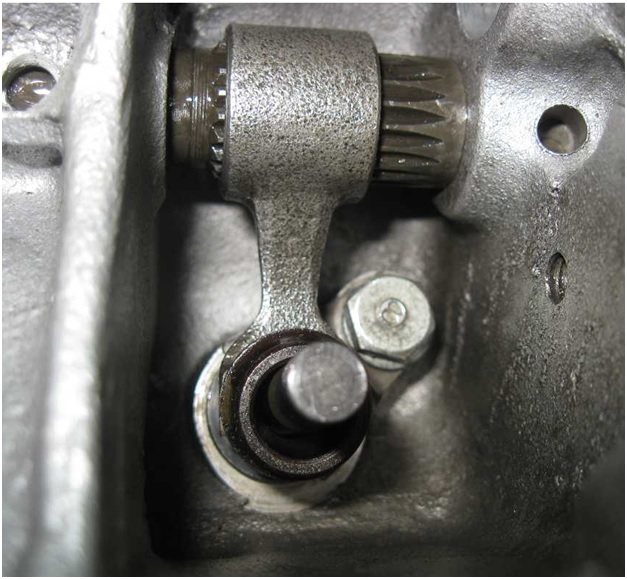
Put a little bit of grease on one of the valve cotters and place it on the valve stem in the indented section of the top of the stem
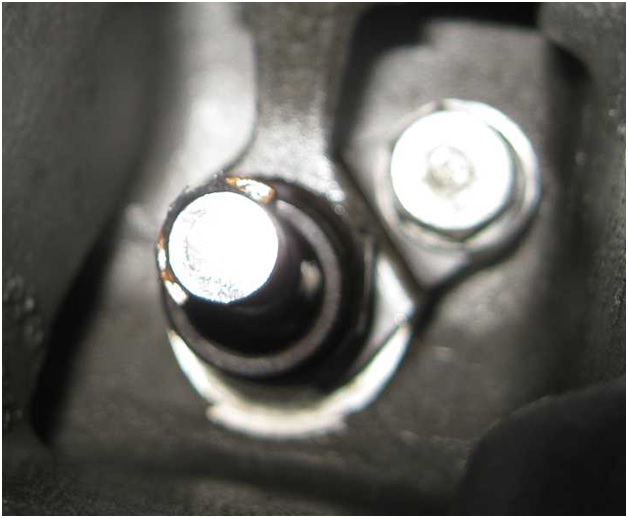
Slip the other cotter in and lift the torsion bar to pull the retainer cup up and over both cotters, and make sure both are seated in the valve stem. They will sit flat and equal height in the retainer cup if properly engaged in the stem.
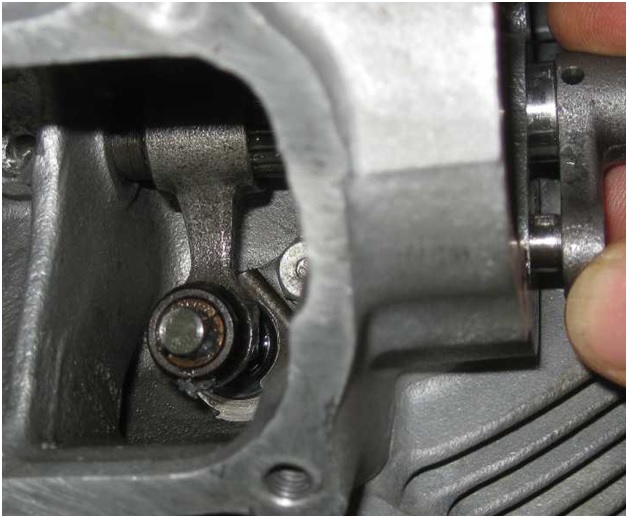
Using a 14mm open-end wrench, lift the torsion bar by rotating the end until it lines up with the dowel pin and tap it over the dowel pin.

And then put the bolt in
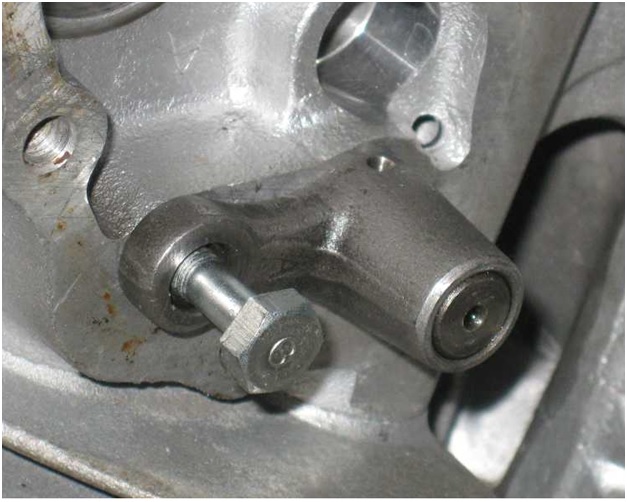
When replacing valve guide seals, be careful tightening the 6mm seal retainer bolt. Use good "feel" and tighten cautiously to avoid stripping the threads in the head as the bolt is short. [Note: if you're building a Bomber (4 speed) engine, the valve stem seals may be different and this step does not describe that design]

When installing the torsion bars note that there are 2 different types, A and B. The As go in the right intake and the left exhaust, the Bs go in the left intake and right exhaust. This picture shows the right intake. Slip the splined tube into the head and through the "fork" that goes under the keeper cup and lifts the valve closed. They are splined such that they can only be installed one way.

This shows the general position of the fork on the torsion bar tube

Slip the valve into the head and up through the fork

Leave the torsion bar off the dowel pin so the fork sits below the top of the valve stem

Drop the valve retainer cup over the valve stem

Put a little bit of grease on one of the valve cotters and place it on the valve stem in the indented section of the top of the stem

Slip the other cotter in and lift the torsion bar to pull the retainer cup up and over both cotters, and make sure both are seated in the valve stem. They will sit flat and equal height in the retainer cup if properly engaged in the stem.

Using a 14mm open-end wrench, lift the torsion bar by rotating the end until it lines up with the dowel pin and tap it over the dowel pin.

And then put the bolt in

Last edited:




